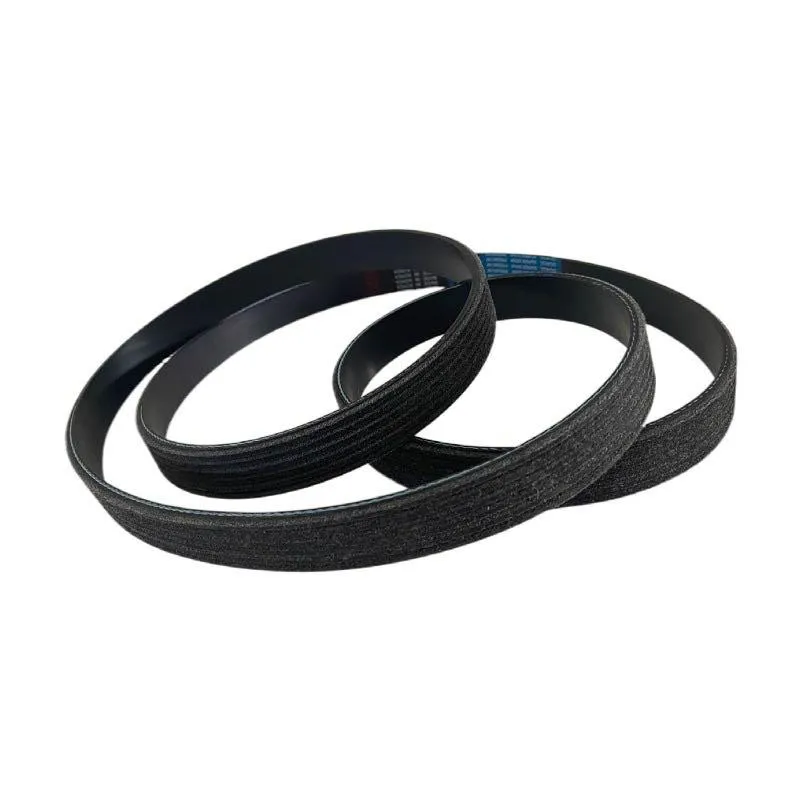- Arabic
- French
- Russian
- Spanish
- Portuguese
- Turkish
- Armenian
- English
- Albanian
- Amharic
- Azerbaijani
- Basque
- Belarusian
- Bengali
- Bosnian
- Bulgarian
- Catalan
- Cebuano
- Corsican
- Croatian
- Czech
- Danish
- Dutch
- Afrikaans
- Esperanto
- Estonian
- Finnish
- Frisian
- Galician
- Georgian
- German
- Greek
- Gujarati
- Haitian Creole
- hausa
- hawaiian
- Hebrew
- Hindi
- Miao
- Hungarian
- Icelandic
- igbo
- Indonesian
- irish
- Italian
- Japanese
- Javanese
- Kannada
- kazakh
- Khmer
- Rwandese
- Korean
- Kurdish
- Kyrgyz
- Lao
- Latin
- Latvian
- Lithuanian
- Luxembourgish
- Macedonian
- Malgashi
- Malay
- Malayalam
- Maltese
- Maori
- Marathi
- Mongolian
- Myanmar
- Nepali
- Norwegian
- Norwegian
- Occitan
- Pashto
- Persian
- Polish
- Punjabi
- Romanian
- Samoan
- Scottish Gaelic
- Serbian
- Sesotho
- Shona
- Sindhi
- Sinhala
- Slovak
- Slovenian
- Somali
- Sundanese
- Swahili
- Swedish
- Tagalog
- Tajik
- Tamil
- Tatar
- Telugu
- Thai
- Turkmen
- Ukrainian
- Urdu
- Uighur
- Uzbek
- Vietnamese
- Welsh
- Bantu
- Yiddish
- Yoruba
- Zulu
Jul . 30, 2024 21:18 Back to list
Exploring the Growing Demand for V-Belts in the Korean Manufacturing Industry and Beyond
The Importance of V-Belts in Korea's Industrial Landscape
In the rapidly evolving industrial sector of South Korea, V-belts play a crucial role in ensuring the efficiency and productivity of various machinery and systems. As one of the most dynamic economies in the world, South Korea has seen significant advancements in technology and manufacturing processes. This has subsequently led to a heightened importance of components like V-belts, which are pivotal in any mechanical operation requiring power transmission.
V-belts are designed to transfer mechanical power between pulleys. Their trapezoidal cross-section provides a larger contact area with the pulley, enabling high levels of efficiency. They are commonly used in various applications, from industrial machinery to automotive engines. In South Korea, where the manufacturing sector is a cornerstone of the economy, V-belts are indispensable in equipment that ranges from heavy machinery to household appliances.
The Importance of V-Belts in Korea's Industrial Landscape
Moreover, the advancement of materials and fabrication techniques has improved the durability and lifespan of V-belts significantly. Traditionally made from rubber, modern V-belts now incorporate synthetic materials that withstand extreme temperatures, abrasion, and wear. This development is particularly significant in industries like shipbuilding, petrochemicals, and electronics, all prevalent in South Korea. Here, the longevity of V-belts translates to reduced maintenance costs and increased uptime for critical machinery.
v belt in korea

Korean companies have also prioritized research and development to innovate and produce V-belts that cater specifically to the needs of their local markets and beyond. With the rise of smart factories and automation, there is a growing demand for precision components that can seamlessly integrate into complex systems. The South Korean industrial sector has embraced this trend, investing in high-tech manufacturing processes and quality control to produce V-belts that meet international standards.
Furthermore, the global market for V-belts has been expanding, driven by the increasing automation and modernization of industries worldwide. South Korean manufacturers are poised to take advantage of this trend, exporting their high-quality V-belts to various regions, including Southeast Asia, Europe, and North America. This global ambition has encouraged manufacturers to adopt better quality management practices, certification, and adherence to environmental regulations, which further enhances their competitive edge.
The South Korean government has also recognized the significance of the manufacturing sector in overall economic development. Through various policies and initiatives aimed at supporting innovation and reducing barriers for manufacturers, the government fosters an environment where companies can thrive. This has catalyzed the growth of high-tech components like V-belts within the country.
In conclusion, V-belts are an essential component of South Korea's industrial apparatus. Their role in the efficient functioning of machinery is paramount, and their development reflects the country's commitment to manufacturing excellence. As industries evolve with technological advancements, the demand for high-quality V-belts will only grow, positioning South Korea as a key player in the global market. The fusion of tradition with innovation in the production of V-belts exemplifies South Korea's industrial dynamism and adaptability in an ever-changing economic landscape.
-
Upgrade Power Steering Pump Belt for Smooth, Quiet Operation
NewsAug.27,2025
-
Precision Timing Belt & Chain: Engine Performance & Durability
NewsAug.26,2025
-
Precision Lathe Drive Belts: Durable & Reliable Performance
NewsAug.25,2025
-
84.5 Serpentine Belt: Durable & Precision Fit for Your Engine
NewsAug.24,2025
-
Premium Ribbed Drive Belts for Quiet Power Transmission
NewsAug.23,2025
-
High-Performance Vehicle Timing Belt for Engine Precision
NewsAug.22,2025

